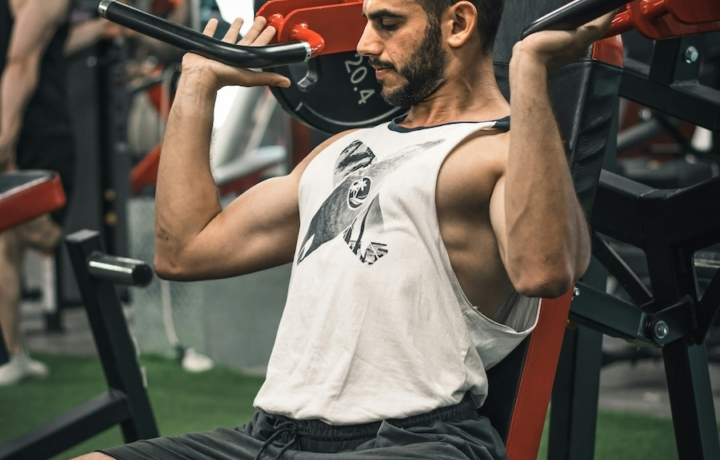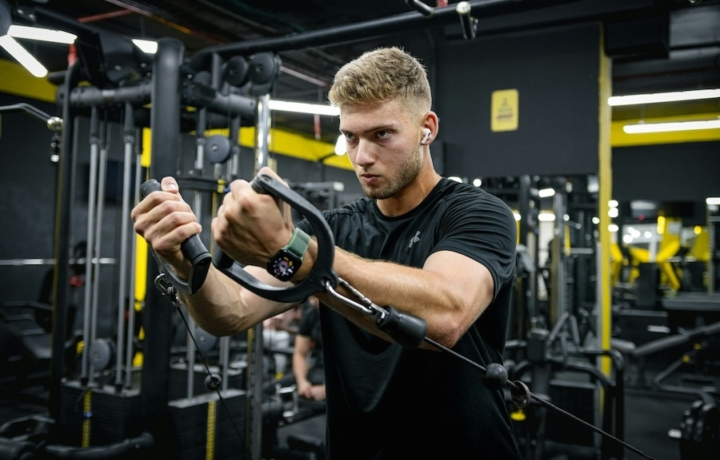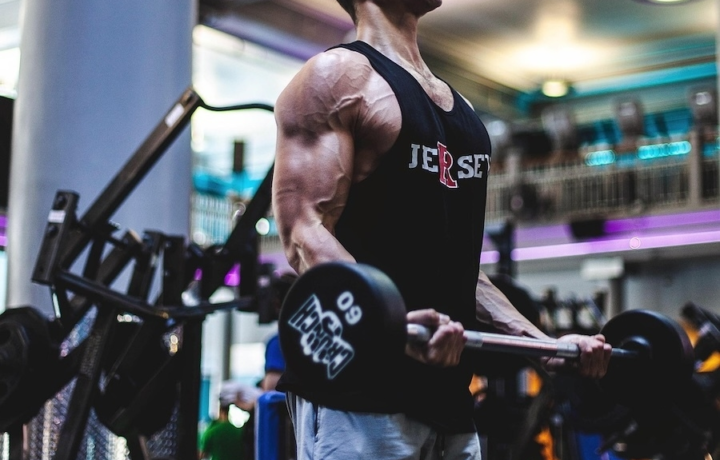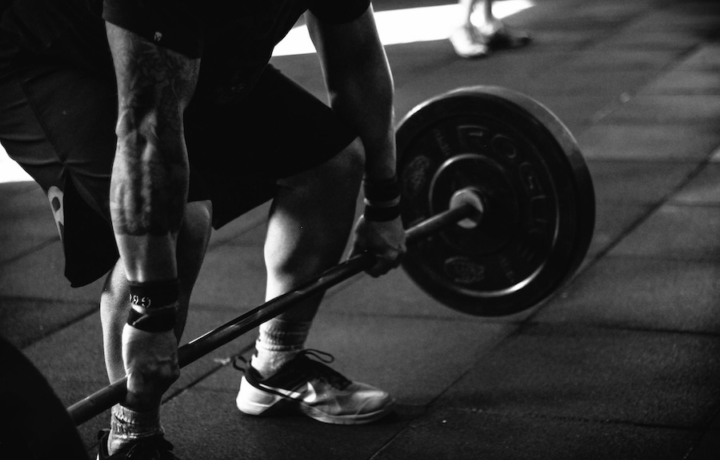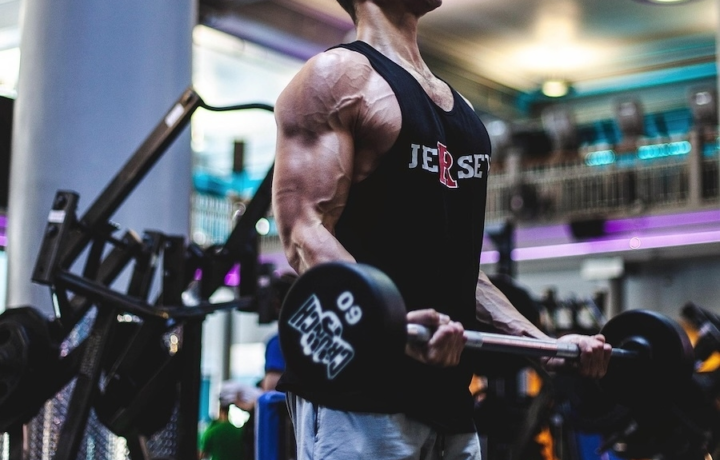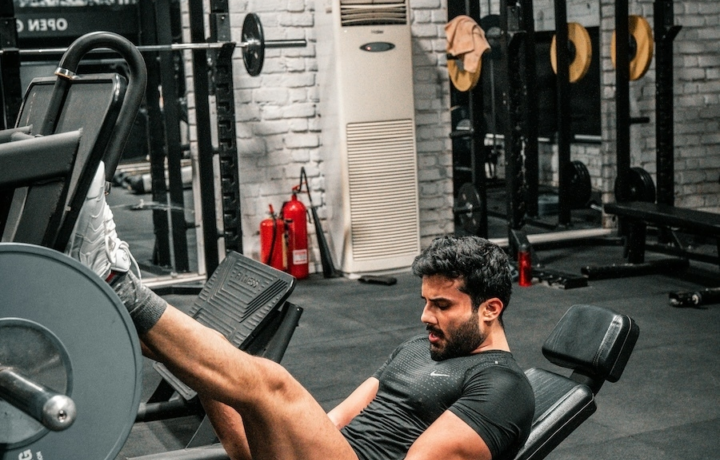Key concepts, formats and terms behind serious strength gains
Strength
Strength training isn’t just about lifting heavy: it’s about consistency, control, and smart progression. Whether you’re working with barbells, kettlebells, or bodyweight, this section gives you the essentials. Learn the terminology, principles, and methods that define strength training: from rep ranges and overload to key program types like 5x5 and max effort days.
FAQ (6)
Yes! Strength training is ideal for beginners. Starting with foundational movements and proper technique builds coordination, confidence, and a strong base for any fitness goal. Just start with lighter weights and gradually increase load as your form improves.
Strength training prioritizes lifting heavier weights to increase max strength. Bodybuilding emphasizes muscle size, shape, and symmetry. While both use resistance training, bodybuilding typically involves higher reps, more isolation exercises, and more volume.
Absolutely. A stronger grip improves control and safety during heavy lifts like deadlifts, rows, and cleans. It reduces reliance on straps and enhances neural connection to the weight, which can boost total body tension and power output.
Most people see good results training 2–4 times per week. The frequency depends on your training split, recovery ability, and experience level. Full-body sessions 2–3 times per week are great for beginners, while more advanced lifters may use upper/lower or push/pull splits to train with higher volume.
Yes — bodyweight movements and resistance bands can be highly effective for building strength, especially for beginners. Exercises like push-ups, squats, and inverted rows can be made more challenging with tempo changes or added pauses. As you progress, incorporating simple equipment like resistance bands or adjustable dumbbells can extend your results.
The most effective strength exercises are compound movements like squats, deadlifts, bench presses, and pull-ups. These target multiple muscle groups at once, allowing you to lift heavier and build strength faster. They also improve coordination and stability, which translates to better performance across all physical activities.
Definitions
Refers to how heavy you're lifting relative to your 1RM — not how sweaty or hard a workout feels. Strength training typically involves high intensity (75–95% of 1RM), especially when training for maximum force output.
The total amount of work done in a session, usually measured as sets × reps × weight. Higher volume helps with hypertrophy and muscular endurance, while lower volume with higher intensity is often used to build maximal strength.
An exercise that works multiple joints and muscle groups at once — like squats, deadlifts, presses, and pull-ups. Compound lifts are the foundation of strength training because they build full-body coordination, stability, and raw power.
The gradual increase of stress on the body to build strength. This can mean adding more weight, more reps, more sets, or adjusting tempo. Without progressive overload, strength gains plateau — it’s a non-negotiable in every serious program.
The maximum amount of weight you can lift for a single repetition with good form. Knowing your 1RM helps set training loads and track strength progress. Many strength programs are based on a percentage of your 1RM (e.g. 80% for working sets).










